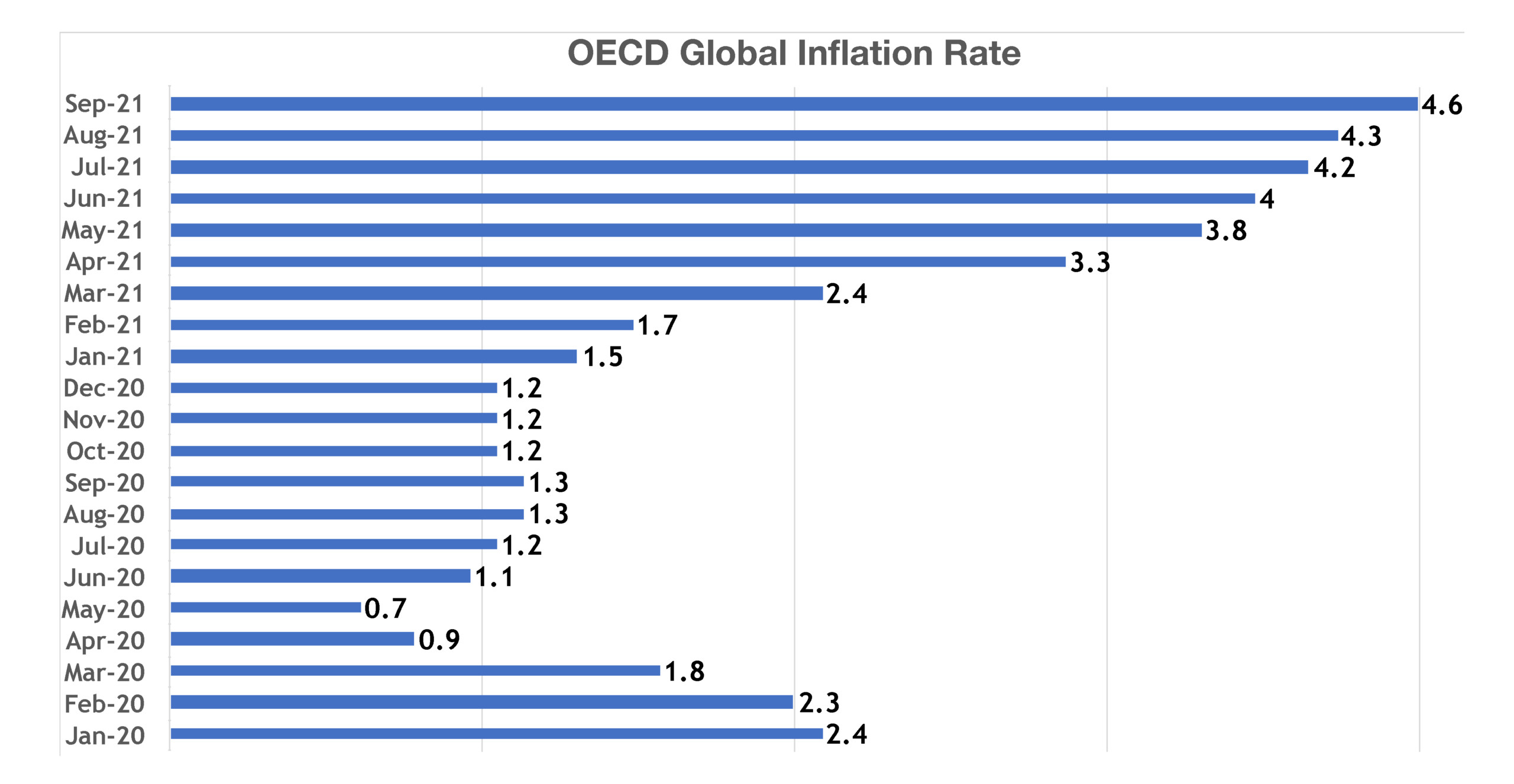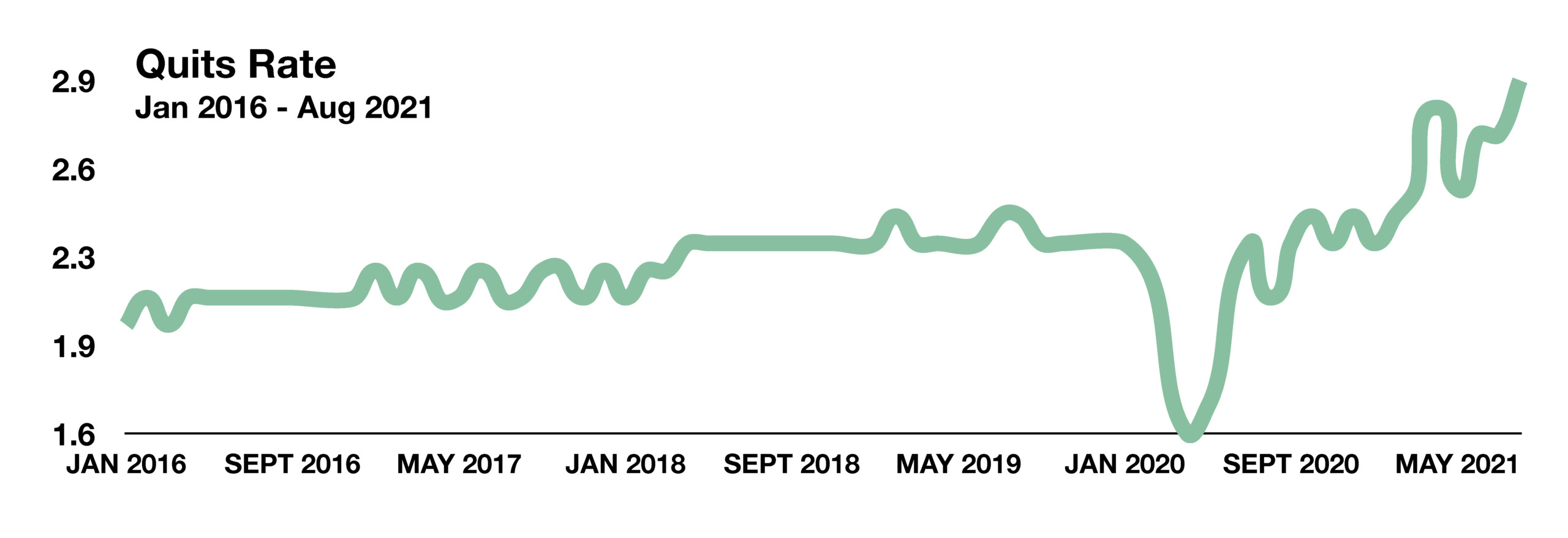
Stock Indices:
| Dow Jones | 47,716 |
| S&P 500 | 6,849 |
| Nasdaq | 23,365 |
Bond Sector Yields:
| 2 Yr Treasury | 3.47% |
| 10 Yr Treasury | 4.02% |
| 10 Yr Municipal | 2.74% |
| High Yield | 6.58% |
YTD Market Returns:
| Dow Jones | 12.16% |
| S&P 500 | 16.45% |
| Nasdaq | 21.00% |
| MSCI-EAFE | 24.26% |
| MSCI-Europe | 27.07% |
| MSCI-Emg Asia | 26.34% |
| MSCI-Emg Mkt | 27.10% |
| US Agg Bond | 7.46% |
| US Corp Bond | 7.99% |
| US Gov’t Bond | 7.17% |
Commodity Prices:
| Gold | 4,253 |
| Silver | 57.20 |
| Oil (WTI) | 59.53 |
Currencies:
| Dollar / Euro | 1.15 |
| Dollar / Pound | 1.32 |
| Yen / Dollar | 156.21 |
| Canadian /Dollar | 0.71 |
Macro Overview
Severe labor shortages and supply chain disruptions continue to hamper industries throughout the country, elevating inflationary pressures for the U.S. economy.
Higher prices for gasoline and natural gas are expected to raise heating costs for consumers heading into the winter months. A spike in demand for natural gas is common every winter, driving prices higher. Crude oil prices reached levels not seen in seven years as a gradual increase in demand and supply constraints contributed to price pressures.
Rising mortgage rates in October contributed to concerns about housing affordability for millions of Americans. Limited housing supply and elevated home prices have been an issue for home buyers for over a year. The specter of rising interest rates is expected to exacerbate the issue, putting home purchases out of reach for many.
Social Security recipients will see a 5.9% increase in benefit payments starting in January 2022. The increase is the largest since 1982, adding an average of $92 per month to an average monthly benefit of $1,657 per recipient. The Social Security Administration determines benefit adjustments based on the inflation rate, as measured by the Consumer Price Index. The cost-of-living adjustment (COLA) is based on the most recent inflation rate and revised each year. As of September 2021, there were 69.9 million Americans receiving benefit payments from the Social Security Administration.
Equity markets were resilient in October as the Dow Jones Industrial Average, S&P 500, and the Nasdaq indices reached new highs despite supply chain constraints, inflationary pressures, and rising rates.
Employment costs for wages and salaries in the private sector rose 4.6% over the past year compared to 2.4% for state and government positions. Employers are forced to raise compensation and pay incentives in order to attract skilled workers for the 10 million open positions nationwide. Economists view the escalation of pay as wage inflation, affecting company margins and igniting pricing pressures.
Millennials are a dominant force in the U.S. economy, representing nearly 22% of the U.S. population and surpassing Baby Boomers who now account for roughly 21.5% of the population. Federal Reserve data show that millennials now represent over 5.5% of wealth in the U.S., compared to 4.4% prior to the pandemic. Baby Boomers now represent 51.4% of wealth, down from 54.1% prior to the pandemic. (Sources: Federal Reserve, Labor Dept., Social Security Adm.)



 Following the financial crisis in 2008, the quits rate dropped as workers were less confident in leaving a job they had to look for a better job opportunity. Meanwhile, threats of layoffs and firings lingered following the 2008 crisis.
Following the financial crisis in 2008, the quits rate dropped as workers were less confident in leaving a job they had to look for a better job opportunity. Meanwhile, threats of layoffs and firings lingered following the 2008 crisis.